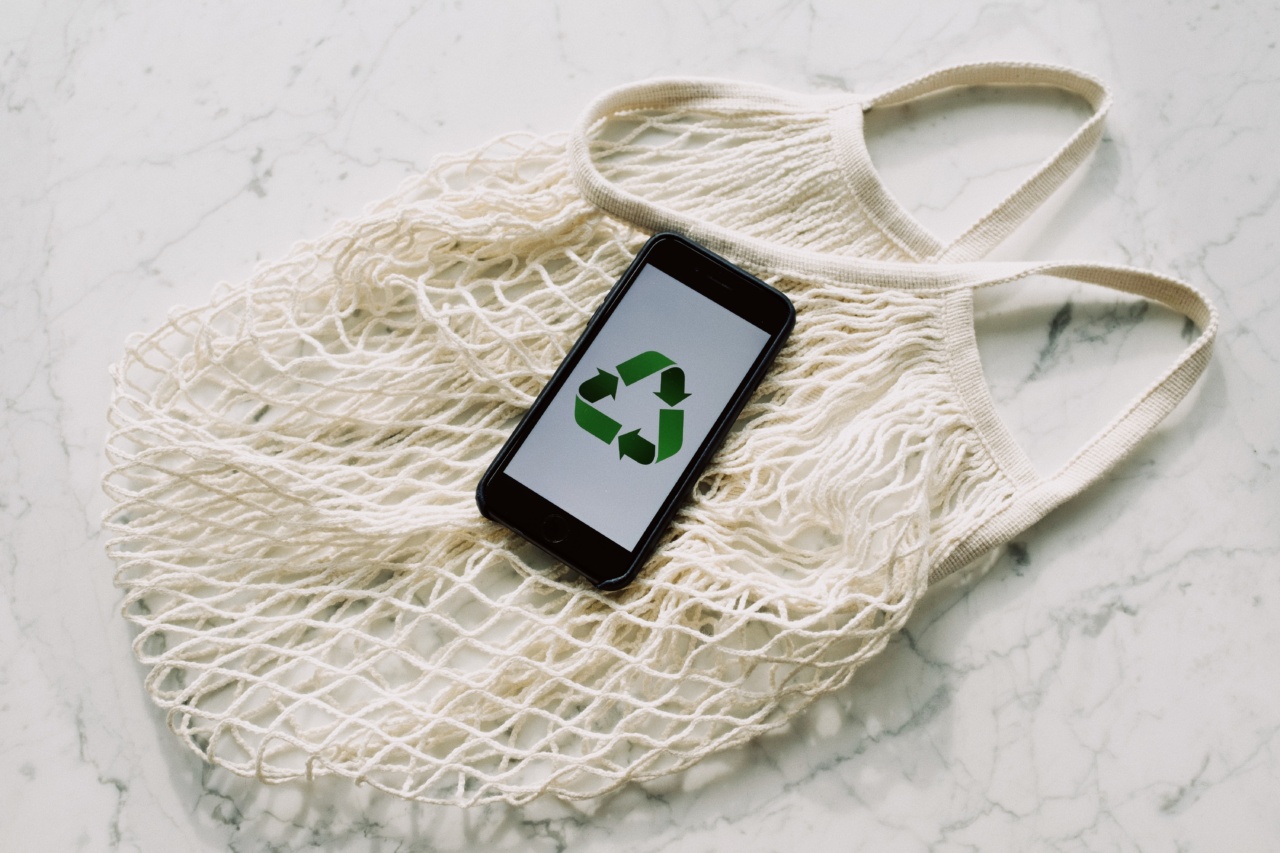As individuals become increasingly aware of the impact their choices make on the environment, many are taking steps to minimize their carbon footprint. This includes not only changes in daily habits but also in the products one uses.
From sustainable fashion to eco-friendly household items, people are seeking ways to reduce their impact on the planet. One area often overlooked in these efforts is skincare. However, it is equally crucial to consider our skin’s carbon footprint and take steps towards minimizing it.
In this article, dermatologists share tips on how to reduce your skin’s carbon footprint while still maintaining healthy and radiant skin.
1. Choose eco-friendly skincare products
When selecting skincare products, look for those that are eco-friendly and sustainable. Choose brands that use renewable resources, plant-based ingredients, and biodegradable packaging.
Avoid products containing harmful chemicals and synthetic fragrances, as their production and disposal may contribute to environmental pollution.
2. Cut down on excess packaging
Packaging is a significant contributor to waste in the skincare industry. Look for products with minimal packaging or those that use recyclable and compostable materials.
Consider buying in bulk or opting for refillable containers to reduce packaging waste even further.
3. Opt for natural and organic ingredients
Natural and organic skincare products are not only good for your skin but also for the environment. These products are often produced using sustainable farming practices and do not rely on harmful pesticides or chemicals.
By choosing natural and organic ingredients, you are supporting environmentally friendly farming methods.
4. Use multi-purpose products
Reduce your carbon footprint by using multi-purpose skincare products. Look for items that can serve multiple functions, such as a moisturizer that also provides sun protection or a cleanser that doubles as a makeup remover.
By minimizing the number of products you use, you can reduce packaging waste and energy consumption.
5. Avoid excessive water usage
Conserving water is essential for the environment. When cleansing your face or taking a shower, avoid leaving the water running unnecessarily. Turn off the tap while applying products or lathering up and only turn it on again for rinsing.
Additionally, consider using a gentle cleanser that doesn’t require excessive water to remove.
6. Extend product shelf life
To minimize waste, ensure you use your skincare products efficiently. Follow proper storage instructions, such as keeping them away from direct sunlight or extreme temperatures.
Avoid purchasing more products than you can use before they expire, preventing unnecessary disposal.
7. Support cruelty-free brands
Choose skincare brands that are cruelty-free and do not test their products on animals. Animal testing has a significant environmental impact and is often unnecessary due to the availability of alternative testing methods.
Supporting cruelty-free brands encourages a shift towards more sustainable practices within the skincare industry.
8. Reduce reliance on single-use items
Single-use items such as facial wipes and cotton pads contribute to landfill waste. Opt for reusable alternatives such as washable cotton rounds or muslin cloths. These options not only reduce waste but are also gentler on the skin.
9. Upcycle packaging and containers
Instead of throwing away empty skincare product containers, consider finding creative ways to upcycle them. They can be repurposed for storage of small items, turned into plant pots, or used for DIY projects.
Upcycling not only reduces waste but also encourages creativity and resourcefulness.
10. Educate yourself and others
Stay informed about sustainable skincare practices and share your knowledge with others. Encourage friends and family to make conscious choices when it comes to skincare, explaining the importance of reducing our skin’s carbon footprint.
By spreading awareness, you contribute to a larger movement towards environmentally friendly skincare habits.






























